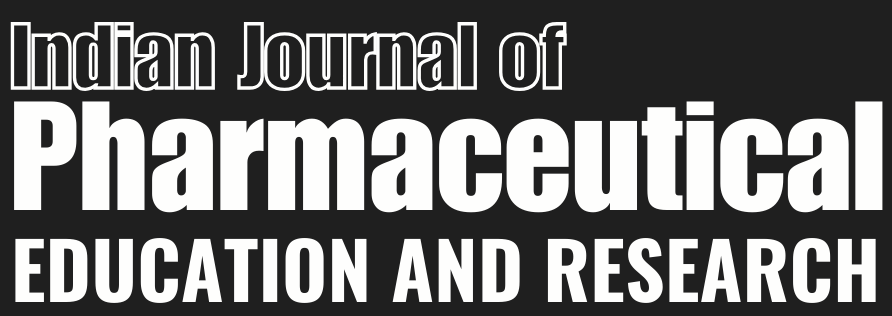ABSTRACT
Background: Medicinal plants are generally considered beneficial to health because they contain secondary metabolites responsible for their therapeutic effects. However, some plants used in phytotherapy are toxic due to their high content of toxic components.
Objectives: The purpose of this study is to assess the therapeutic and toxic action of Artemisia herba alba (AHA) by using increasing doses of the plant extract, on reproductive parameters, plasma testosterone levels, organs’ relative weight, tissue structure, and immunolocalization of estrogen receptors ER in reproductive organs of adult male domestic rabbits. Materials and Methods: Thirty-six rabbits were divided into six groups (D0), (D1), (D2), (D3), (D4), and (D5), and received respectively NaCl (0.9%), 5, 15, 30, 60, and 120 mg/kg bw/day of AHA extract. The daily doses were administered orally for thirty days.
Results: The results show progressive improvement in sperm quality in rabbits treated with 5, 15 and 30 mg/kg of (AHA) extract, an increase in sperm speed, concentration, motility, vitality, testosterone levels, and the organs’ relative weight compared with the control. The marked improvement in sperm quality is observed in rabbits treated with 30 mg/kg of the AHA extract. However, from dose 60 mg/kg, sperm parameters are significantly reduced compared with the control, this reduction is severe in rabbits treated with 120 mg/kg. Histological sections of reproductive organs in rabbits treated with 5 and 15 mg/kg bw, do not reveal any remarkable morphological changes in tissue structure compared to the control, treatment with 30 mg/kg reveals an improvement of the structural integrity. However, at high doses, histological sections reveal more or less significant changes in tissue structure and morphology of reproductive organs. The immunochemical study shows a positive reaction in the reproductive organs of rabbits treated with low doses, the immunopositivity of the reaction decreases progressively with the increase of the extract doses. While an immunonegative reaction is observed in the organs of rabbits treated with a high dose of plant extract.
Conclusion: The therapeutic effect of AHA extract on reproduction was manifested at low doses of extract; they had a positive influence on reproductive parameters. However, at the high doses, some reproductive parameters were slightly disturbed; these disturbances were accentuated and appeared significant at the highest dose of plant extract. The supplementation then of low quantities of AHA in rabbits’ diets can improve reproductive performance, which in turn positively affects rabbit production.


